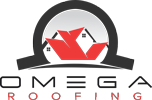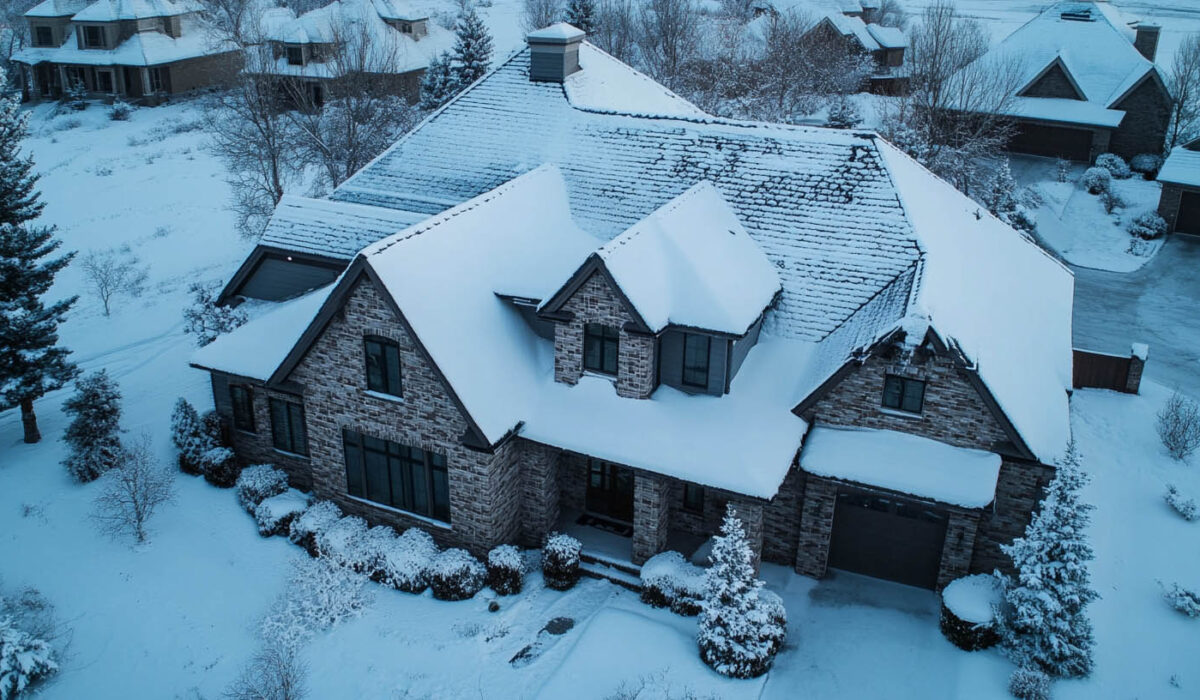Hailstorms can wreak havoc on residential and commercial roofing systems, leading to costly repairs and long-term structural issues if left unaddressed. Identifying hail damage early is essential for protecting your property and maintaining the integrity of your roof. This guide explores the signs, causes, and actions to take when dealing with hail damage.
Identifying Hail Damage on Residential Roofs
Residential roofs often bear the brunt of hailstorms, with visible and structural damage varying based on the roof’s material and age. Early detection is key to preventing further deterioration.
Broken or Missing Shingles
Hailstorms can dislodge or break shingles, exposing the underlayment and compromising the roof’s waterproofing. Homeowners often find shingle fragments around their property following a storm. Even minor damage can lead to blow-offs, where wind lifts shingles, exposing larger areas to moisture and further damage.
Example: A homeowner in Texas observed cracked shingles after a moderate hailstorm. A timely inspection revealed underlying damage, and prompt repairs prevented leaks during subsequent storms.
Dented Gutters, Downspouts, and Flashings
Hail can dent or dislodge gutters, downspouts, and flashings. These components are critical for directing water away from the roof and foundation. Larger hailstones, particularly those exceeding the size of a golf ball, can tear gutters away from the roof entirely.
Tip: Regularly inspect these components for dents or detachments following hailstorms, especially in areas with frequent severe weather.
Visible Damage on Sidings
Damage to sidings often indicates similar damage to the roof, as both are exposed to the same hailstorm conditions. Inspecting sidings can provide insights into the extent of roof damage, especially when roof access is limited.
Safety Note: Walking on a wet or damaged roof is hazardous. Always consult a professional roofing contractor for thorough inspections.
Recognizing Hail Damage on Commercial Roofs
Commercial roofs present unique challenges due to their size and material diversity. However, certain indicators can signal the need for professional assessment.
Damaged HVAC Units and Roof Penetrations
Hail often damages HVAC units, vents, and other rooftop installations. These units not only show the severity of the storm but also impact the surrounding roof structure. Damaged flashings around penetrations are common culprits for leaks.
Example: A retail store in Tennessee reported leaks after a hailstorm. Inspection revealed damaged flashings around HVAC units, which were promptly replaced to restore watertight conditions.
Siding Damage as an Indicator
Commercial properties with similar siding and roofing materials can use siding damage as a proxy for assessing potential roof damage. Visible dents or cracks on the siding should prompt a roof inspection to ensure structural integrity.
When to File an Insurance Claim for Hail Damage
Insurance claims for hail damage vary based on policy terms. Filing without assessing the damage can lead to denied claims or unnecessary stress. Engage a professional roofing contractor to evaluate your roof and provide a detailed report.
- Step 1: Inspect the roof (professionally, if possible) for visible damage such as cracks, dents, or leaks.
- Step 2: Document the damage with photographs.
- Step 3: Consult your insurance provider to understand coverage and exclusions.
Working with a contractor skilled in insurance claims ensures a smooth process and maximizes your claim potential.
Preventing and Mitigating Hail Damage
While hailstorms are unpredictable, proactive measures can minimize potential damage and extend the lifespan of your roof.
Regular Maintenance
Routine inspections and maintenance help identify vulnerabilities in the roof system before a storm strikes. Reinforcing weak points and replacing aging materials enhances resilience.
Storm-Resistant Materials
Investing in impact-resistant shingles or metal roofing can significantly reduce hail damage. These materials are designed to withstand the force of hailstones, offering long-term savings despite higher initial costs.
Example: A business in Oklahoma upgraded to impact-resistant roofing and reported no damage after a storm that devastated nearby properties.
Omega Roofing: Excellence in Hail Damage Repair
Omega Roofing, LLC, based in Jackson, TN, is a trusted name in roofing solutions. Their expertise in hail damage repair, coupled with their commitment to craftsmanship and customer satisfaction, ensures reliable results. As an Atlas Pro-certified company, Omega Roofing stands out for delivering exceptional quality and professionalism.
FAQs About Hail Damage on Roofs
1. How can I tell if my roof has hail damage?
Look for cracked or missing shingles, dents on gutters or flashings, and water stains on ceilings. Professional inspections provide a comprehensive assessment.
2. Can hail damage be repaired without replacing the entire roof?
Yes, minor damage can often be repaired. However, severe damage to the structure or underlayment may necessitate a full replacement.
3. Does insurance always cover hail damage?
Coverage depends on your policy. Some policies cover minor issues, while others require significant damage. Review your policy or consult your provider for details.
4. How soon should I repair hail damage?
Repairs should be addressed promptly to prevent further issues, such as leaks or structural weakening.
5. Are impact-resistant roofs worth the investment?
Yes, they offer superior durability and can reduce long-term repair costs, particularly in hail-prone regions.
Conclusion
Recognizing hail damage early and taking swift action can save significant costs and protect your property. From inspecting residential shingles to assessing commercial HVAC units, thorough evaluation and timely repairs are crucial. Investing in quality materials and working with trusted contractors like Omega Roofing ensures long-lasting protection against future storms.
Read also: Essential Insights About Commercial Metal Roofing

